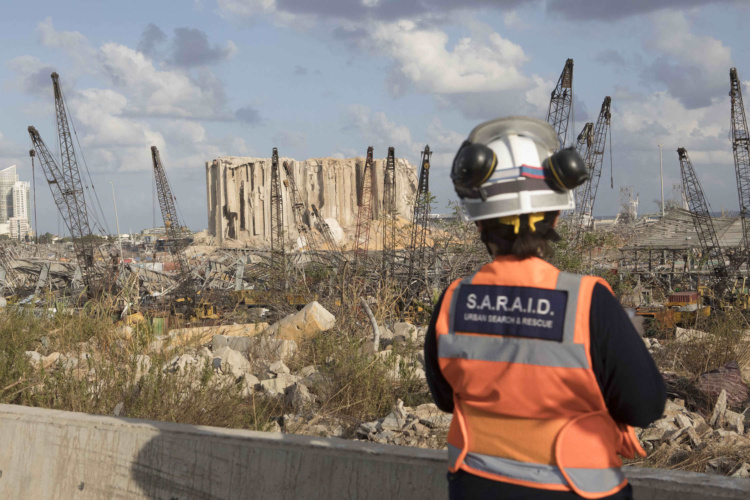
It is hoped that the new assessment from a team at the University’s Blast and Impact Engineering Research Group can be used to provide policymakers and the public with more accurate information on the blast, and help first responders prepare for future disasters.
As previously reported in The Engineer, the blast, which took place in the city’s port area, was caused by the explosion of nearly 3000 tonnes of ammonium nitrate which had been stored in the vicinity for several years.
Engineering a response to the Beirut blast
By analysing videos of the explosion posted on social media, the researchers have been able to estimate the power of the blast by tracking how the explosion’s shockwave spread through the city.
The new assessment by the Sheffield engineers, which is published in the Shock Waves, found that the size of the explosion was the equivalent of between 500-1100 tonnes of TNT, which is around 1/20th of the size of the atomic bomb that was used on Hiroshima on 6 August 1945 and is one of the largest non-nuclear explosions ever recorded. The explosion also released the equivalent of around 1GWh of energy in milliseconds.
In a statement, Dr Sam Rigby, senior lecturer in Blast and Impact Engineering at Sheffield University, said: “The disaster that hit Beirut this summer was devastating and we hope that nothing like that ever happens again. This was an unprecedented event because never before has such a large explosion been so well documented. The reason why we decided to analyse the explosion is because as engineers it's our jobs to use the skills and resources we have at our disposal to solve problems and ultimately to help people.
“After seeing the events unfold, we wanted to use our expertise in blast engineering to help understand what had happened in Beirut and provide data that could be used to help prepare for, and save lives in such events should they ever happen again.
“By understanding more about the power of large scale accidental explosions like the one that occurred in Beirut, we can develop more accurate predictions of how different buildings will be affected, and the types of injuries there are likely to be at different distances from the blast.”




Glasgow trial explores AR cues for autonomous road safety
They've ploughed into a few vulnerable road users in the past. Making that less likely will make it spectacularly easy to stop the traffic for...